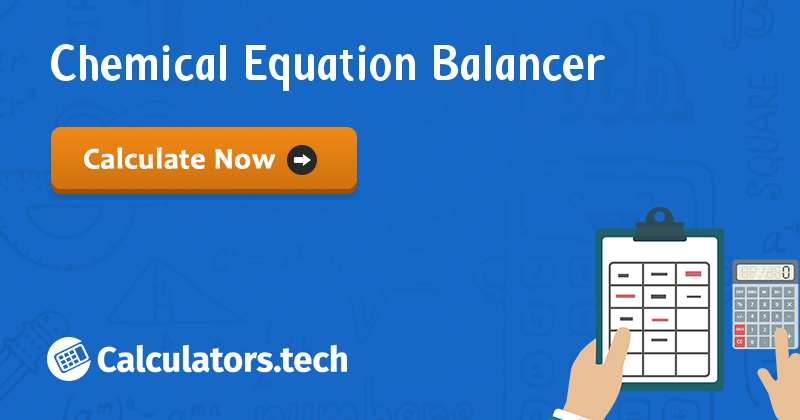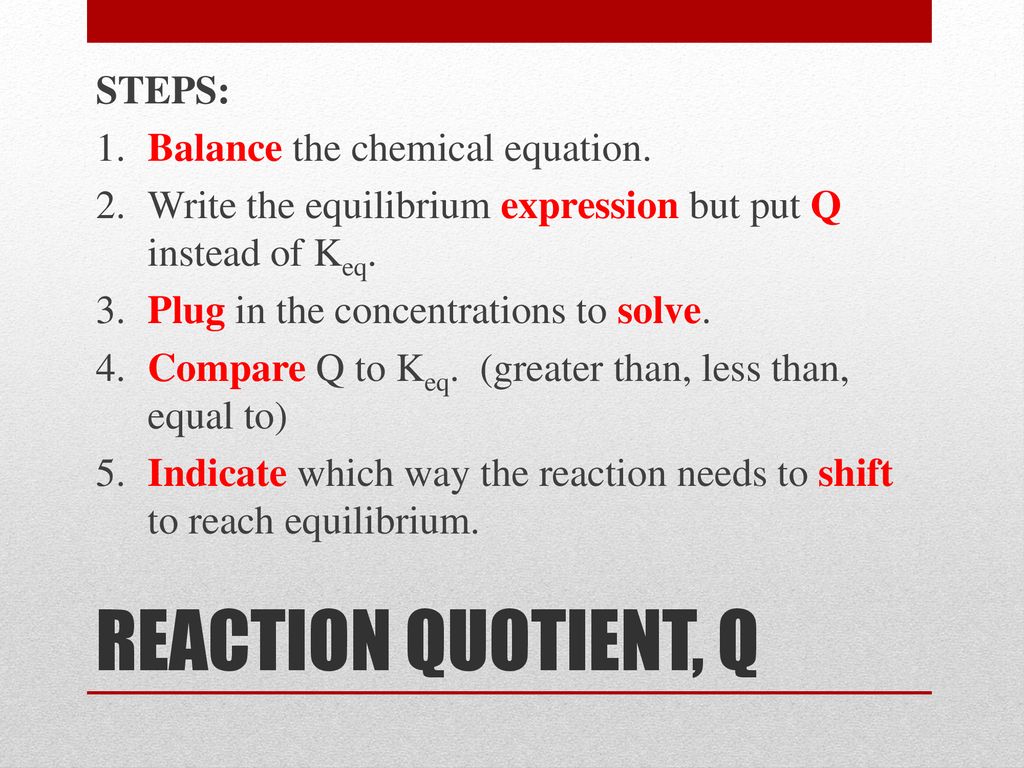

We can then form a system of linear equations in these unknowns by finding the number of occurrences of each type of atom on each side of the equation and setting them equal to each other. We shall attempt to balance chemical equations by first expressing the coefficient of each chemical substance in the equation as an unknown. Note that the total number of each type of element (Cr, O, H, and Cl) on one side of the equation is the same as the total number of the same type of element on the other side of the equation.

The balanced form of the above chemical equation isĬr(OH) 3 + 3 HClO 4 -> Cr(ClO 4) 3 + 3 H 2O They are found by determining a set of positive integers, having no overall common factor, such that the above two principals for balancing a chemical equation are satisfied. The proportions in which each substance in the equation occurs are expressed as integer coefficients of the substances in the chemical equation. Thus we mathematically balance a chemical equation according to the following two principals:ġ) The number of each type of element must be the same before and after the reaction.Ģ) The overall electrical charge must be the same before and after the reaction. To mathematically balance such an equation is to find the proportions in which each substance must occur in order to conserve each type of element and the overall electrical charge of the system (if a unique mathematical solution does not exist, then some additional considerations concerning the chemical properties of the substances involved will be needed in order to properly balance the equation). Note that, on the left side of this equation the element Cl occurs only once (in HClO 4), whereas on the right side of the equation Cl occurs three times (in Cr(ClO 4) 3), implying that this unbalanced equation does not account for the proportions in which the chemical substances must occur in the reaction in order for the element Cl to be conserved. Which states that Cr(OH) 3 reacts with HClO 4 to produce Cr(ClO 4) 3 and H 2O.


An example of an unbalanced equation is given byĬr(OH) 3 + HClO 4 -> Cr(ClO 4) 3 + H 2O We can write this information in terms of what is known as an unbalanced equation. Often one may have the knowledge of a set of chemical substances that react with each other, but lack the corresponding information concerning the relative amounts of each substance involved in the reaction. A chemical equation is a written means of describing a chemical reaction, stating both the chemical substances in the reaction, and the relative amount of each substance involved. Chemical reactions involve the change of a collection of one or more chemical substances into a new collection of one or more different chemical substances.


 0 kommentar(er)
0 kommentar(er)
